The Rolling Design House (RDH) is a cultural mediation tool at the service of museums, media libraries, tourist offices, theatres, etc. A mobile kiosk that can be moved using an electric bicycle, the RDH makes it possible to meet all audiences in all places.
The Rolling Design House (RDH) is a cultural mediation tool at the service of museums, media libraries, tourist offices, theatres, etc. A mobile kiosk that can be moved using an electric bicycle, the RDH makes it possible to meet all audiences in all places.
Its particularity lies both in its innovative design and in its type of movement which offers an alternative to the combustion engine vehicle.
Its transparency gives way to the event information it conveys. It includes a bench on slides, a desk and a foldable awning, a counter, bookcases.
The RDH is a cycle-showcase which is also an office, a desk, a bookstore, a shop that is both personal and shareable, a signal, a counter-display of magazines, documents, or objects to share, a reading, a place of reception, a rallying and meeting point, a small antenna for an institution inside and outside the walls.
Please highlight how the project can be exemplary in this context
ECOLOGICAL: the RDH gets around using an electric bicycle. Alternative to the thermal engine vehicle, the RDH is part of the concerns of slow and non-emissive travel of the contemporary city.
LOW-TECH: the RDH is composed of an aluminum structure and a polycarbonate filling. It includes a door, a window / awning, a sliding chair, a desk / counter, a photovoltaic panel to supply the lighting with solar energy. The set is removable, and a maximum of parts are on the market, making the RDH easily repairable.
ON A HUMAN SCALE: the RDH is light and small. The greenest energy is that which is not spent. The RDH has adopted this idea by adjusting itself as closely as possible to its use, nothing is superfluous. The RDH thus avoids consumption while responding precisely to its specification bill.
Indeed, at the Louvre Lens where it is in use, the RDH does not require more than the strength of a person for its movement and its use. After several months of service, the few necessary repairs were made easily.
Please highlight how the project can be exemplary in this context
AESTHETICS: the RDH is a mini bubble house that evokes Humpty Dumpty, the character of Lewis Carroll, or the book wheels of the Renaissance. The Rolling Design House is a panoramic shelter, light in appearance that fades away to reveal the objects it exhibits and to disappear into the natural or built environment in which it is temporarily installed.
MEETING EVERYONE: the RDH, on its small scale, defends an active policy of openness and dissemination of art, the desire to come discreetly to meet everyone. The image of this policy can be read in its evanescent, modest, and sophisticated design: an object on a human scale, sometimes transparent, sometimes reflective, fading away into the landscape and multiple openings inviting dialogue. The RDH becomes the manifesto that design does not only concern furniture or decoration but all sectors of activity.
MEETING PLACES: the RDH is a porous object opening its arms to the outside, it breaks the limits both by its movement and by its design. The border between the landscape and the design object vanishes. A chameleon device, the Rolling Design House fits everywhere, in the middle of the tumult or in peace, on a concrete slab or in a garden. While protecting its user, it disappears to give a better view of its environment and what it shelters.
AT THE SERVICE OF OBJECTS: RDH, with or without a mediator, remains an ideal mobile display that draws its strength from what it protects. Whether they are objects from a shop, paintings by an artist, works from a museum or books, they are the subjects in the cyclo-showcase. Thanks to the simplicity and transparency of the system, the objects are enhanced in an infinity of staging.
Live or through the Louvre Lens we were able to ask the public about the RDH. Here are the recurring words heard: elegant, light, clever, practical, serene, discreet, and share.
Please highlight how the project can be exemplary in this context
SOCIAL: RDH is a tool for making culture accessible to everyone. The RDH intrigues, makes curious those who might be intimidated to cross the door of a cultural institution. The RDH takes the first step. It is in the street with its modest size, its transparency, making it reachable to everyone.
MULTI-PURPOSE: the RDH is a showcase, a ticket office, a desk, a library, a counter-display for magazines, documents, or objects to share, a place of reception, a rallying point and meeting point, a small branch of the cultural institution outside the walls.
COVID: the RDH promotes the resumption of cultural activities. The staff is protected in the transparent bubble. This small branch of the institution outside the walls can meet the public even though its parent company is still closed.
The Louvre Lens has confirmed it to us: the RDH has made it possible to reach out to new audiences and accompany them to enter the museum, and more generally to make people discover the cultural offer of the institution with, among others, workshops, and animations around the RDH.
Please highlight how this approach can be exemplary
FEDERATOR: The RDH is first and foremost the result of a desire to live together by meeting people. We wanted to offer an iconic object, a place of sharing and conviviality. Each answer to the questions asked by the implementation of this project has been thought out with the aim of going towards the others.
OPEN: the RDH crosses borders to meet the public, so it is mobile and easily movable but also transparent to see and show.
ECONOMIC: the RDH is a project seeking simplicity. The result is a clean and light design allowing material savings in manufacture, energy savings in use, and ease maintenance.
Every line of the RDH design has been designed so that the aesthetic, the social and the sustainable are mutually reinforcing.
RDH affects all audiences:
- Regulars of the institutions who go to buy their tickets or derivative products, get information, etc.
- Passers-by intrigued and attracted by the design of the RDH encounter the cultural institution for the first time. The meeting is spontaneous, informal, and unpredictable.
At the Louvre-Lens, the museum's cultural mediators move the RDH outside and inside the museum according to the seasons. In summer, the RDH is like a signal. The mediators welcome passers-by by offering many activities. Visitors are invited to cross the last 25m which separates them from the entrance to the museum.
Please also explain the benefits that derived from their involvement.
Conceptual research about RDH started from a particular request which crystallized many others never formulated like this. At the end of 2017, the Museum of Contemporary Art in Val-de-Marne (MAC VAL) invited Célia Houdart for a writing residency. The author realized that there was no appropriate place within the museum to write, organize writing studios or present books. It is from this order that we started the work on the RDH.
The realization of the project was not done for the MAC VAL due to the given deadlines but the reflection was launched and was enriched day after day by our missions with various institutions: the Théâtre de la Tempête requiring an external ticket office because of the pandemic, the call for projects "Band d'essai" at the Saint-Etienne International Design Biennale seeking to promote design in the city, the city of Deauville wanting to forge links with walkers...
Each discussion with institutions was an opportunity for us to refine our concept and its development. Today we are working on a second prototype considering the feedback from all users but also from manufacturers and potential future buyers.
The RDH responds to global contemporary issues: transport, communication, and culture.
For us, communication and transport are part of a whole that must find solutions in a general approach. On the one hand, transport is one of the sectors that emit the most carbon dioxide, on the other, virtual communication has experienced a dazzling progression further increased by the pandemic, however, as we have been reminded by the confinements, human relationship needs real contacts. The RDH is there to create a physical link. As soft mobility the RDH allows meeting and discovery without being emissive. A local solution in direction of a lower-carbon world and sharing.
Moreover, culture must be alive and dynamic. Without exchanges it fades away. The objective of the project is to make culture visible and accessible to all. The RDH invites everyone to participate in a field that must seek to decompartmentalize and whose role is to open minds and inspire the desire for poïetics. The RDH is inclusive, by offering artistic happenings in marketplaces, public places, by the sea or in cities, it brings people together and creates links.
Before starting the design of the RDH, we identified in Europe the offer of support vehicles for mediation outside the walls and which can accommodate a mediator. In most cases, the vehicles used are non-specific and “customized” for the occasion. (As an example, we have listed the 'Kiosque Nantais', a range of cultural mediation services which stands out with a 'signal' tricycle from the Nihola brand, personalized with the image of the company.) No emblematic conveyed tool responding as closely as possible to the specific constraints of cultural mediation does not yet exist.
In a second market research, we listed the different types of towed vehicles that could be adapt to cultural mediation. Two large families emerge:
- carts and trolleys used to transport objects or people without a protected space.
- larger trailers and caravans towed by combustion engine vehicles. They offer a protected space for people with various options.
We haven’t found an intermediate vehicle that would have a closed cabin allowing a workstation while not requiring a motorization. This is what we offer with the RDH and which responds particularly to cultural mediation. The RDH allows a new type of local, low-carbon, and user-friendly cultural mediation.
Please provide clear documentation, communication of methodology and principles in this context.
Soft mobility is a world in quick developing, how many new kinds of carts, bicycles, scooters do we see on the streets every day? The mechanical and dynamic results of the RDH could make it possible to continue the research and the creation of its alternative vehicles to cars thanks to an adjusted adaptation to the uses.
In recent years, the profession of cultural mediator has greatly suffered from the compartmentalization imposed by COVID. Many institutions have drastically reduced the number of mediators. The Louvre Lens used the RDH in its park, the mediators thus met new audiences but also old regulars who no longer entered closed places fearing contagion. The RDH creates a positive dynamic of meetings and reinforcement of the feeling of inclusion at the Louvre Lens.
Analysis on the number of users met with the RDH and on the proportion of those who then visited the museum will allow other institutions to think about investments in cultural mediation outside the walls and could revalorized the area.
In addition, a comparative analysis between:
- mediation outside the walls with the RDH as support
- mediation outside the walls without support
- and mediation within the walls
would be a valuable tool for mediators seeking to modernize their profession.

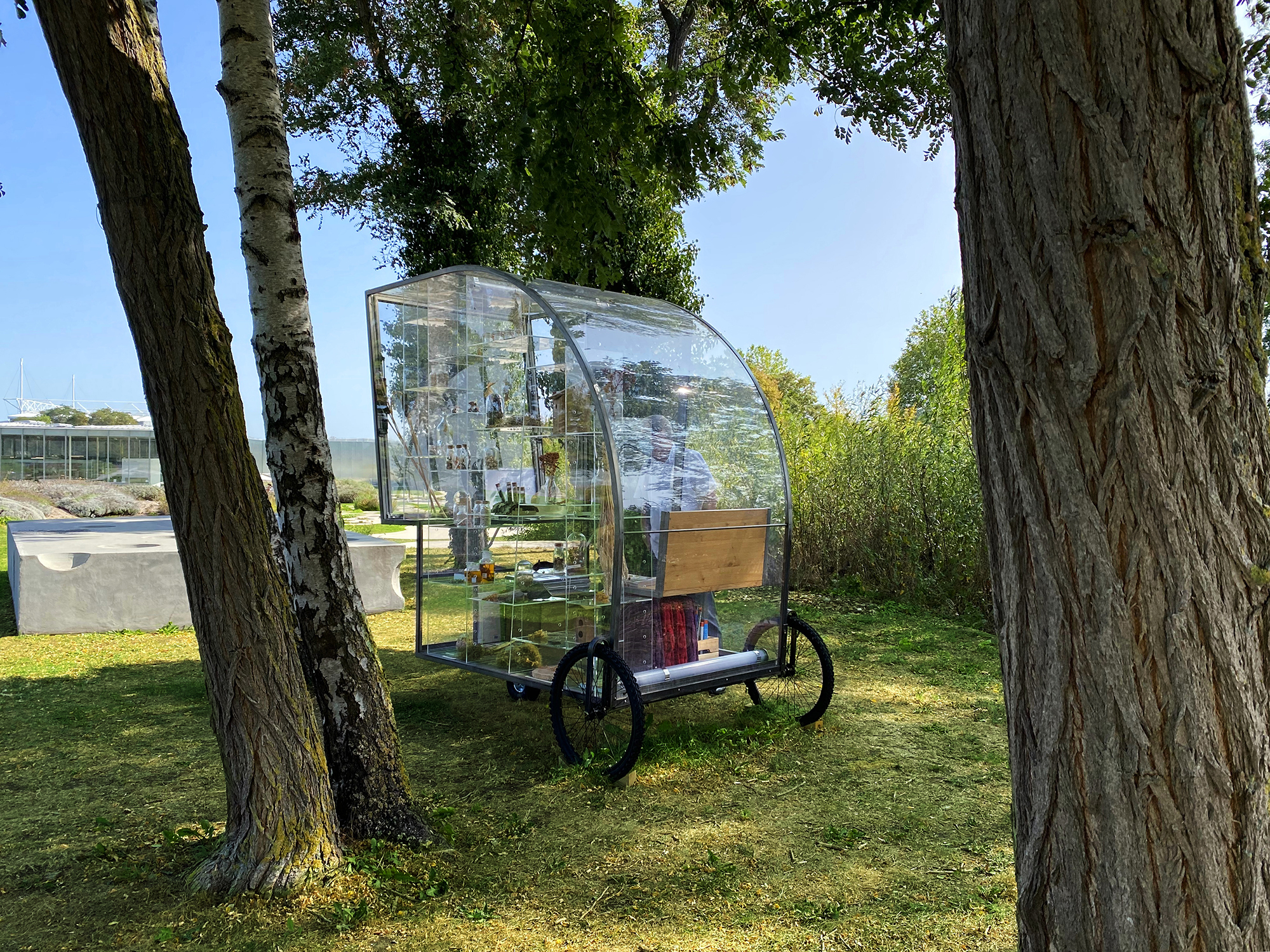
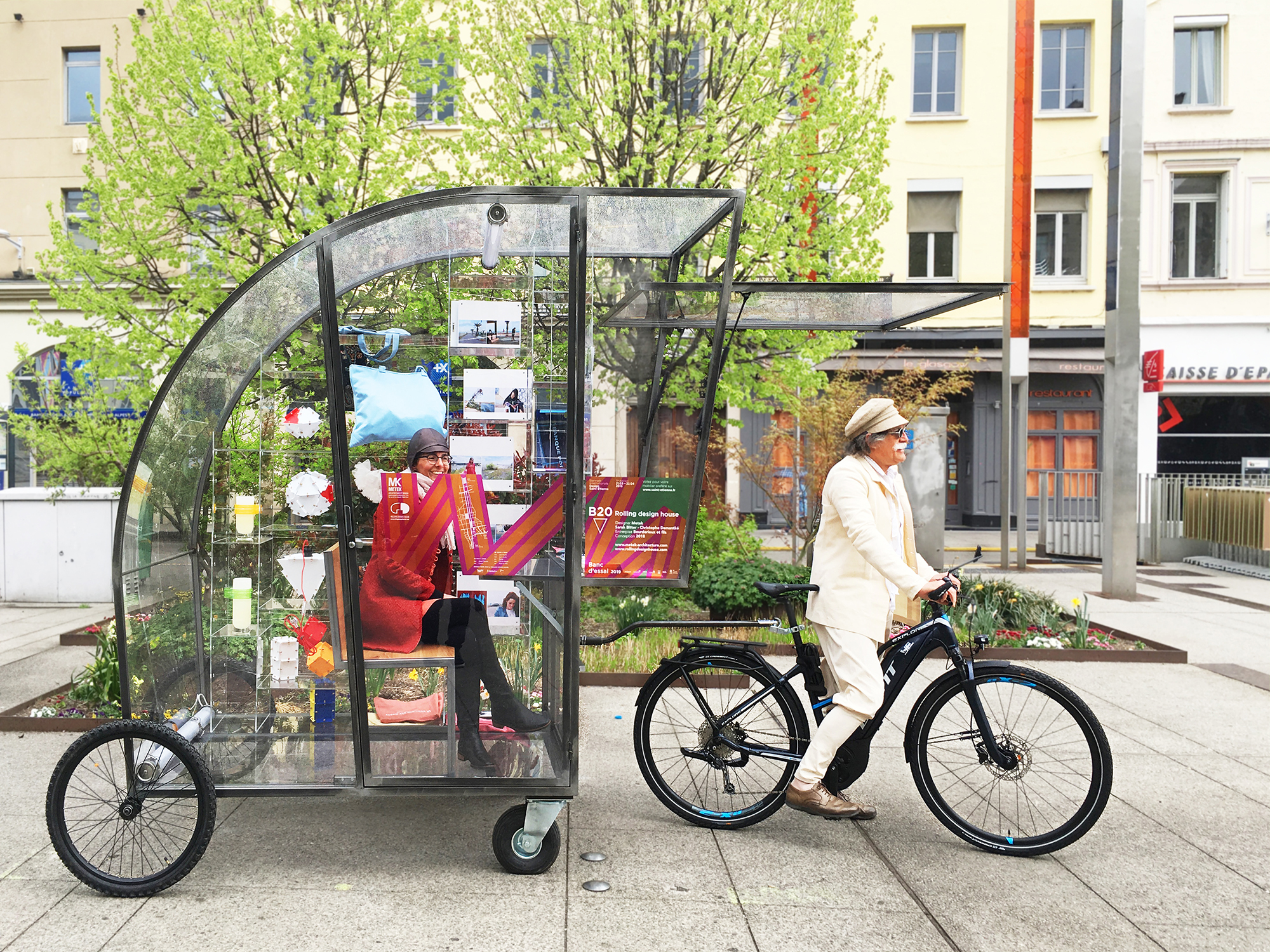
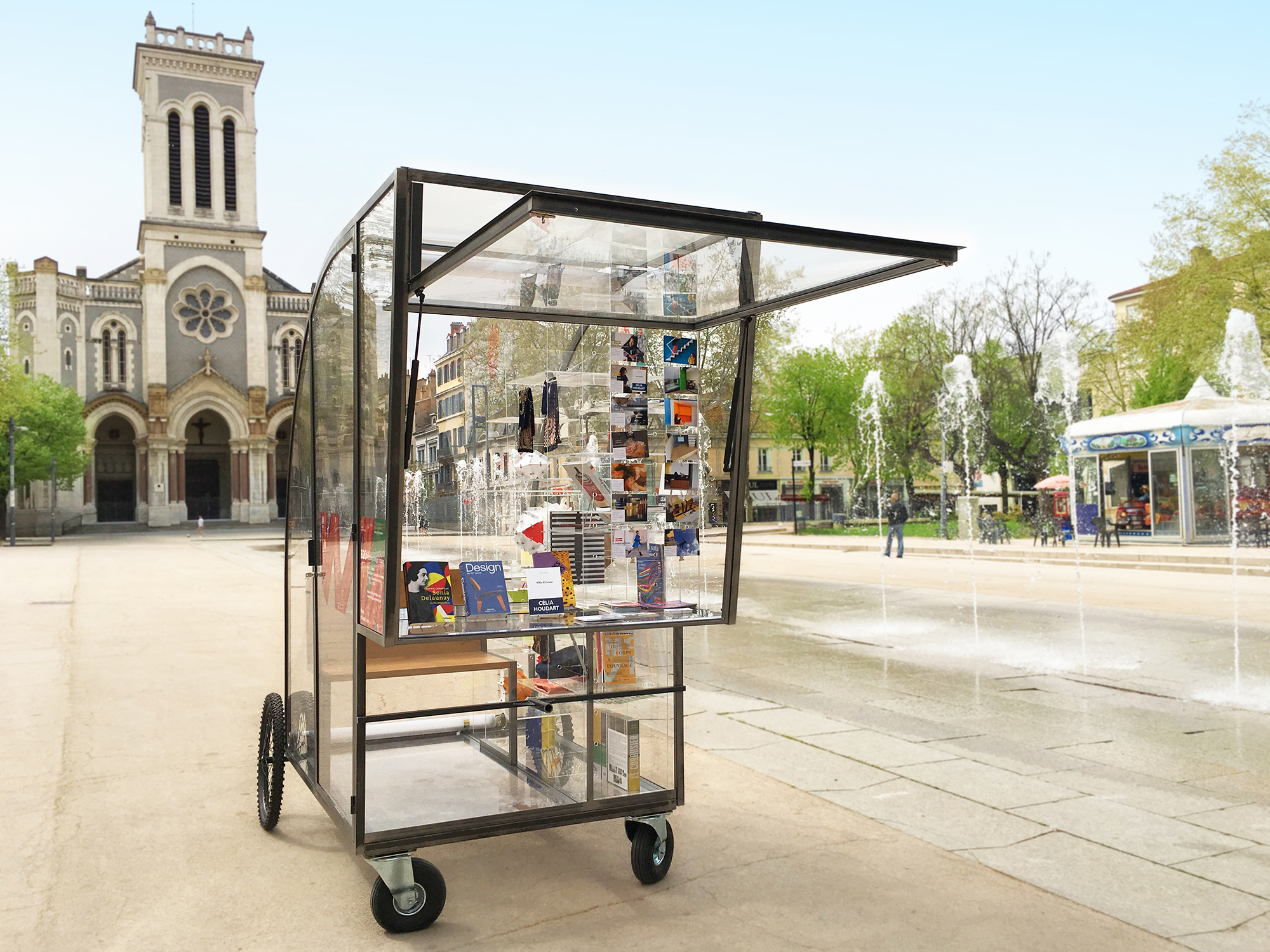
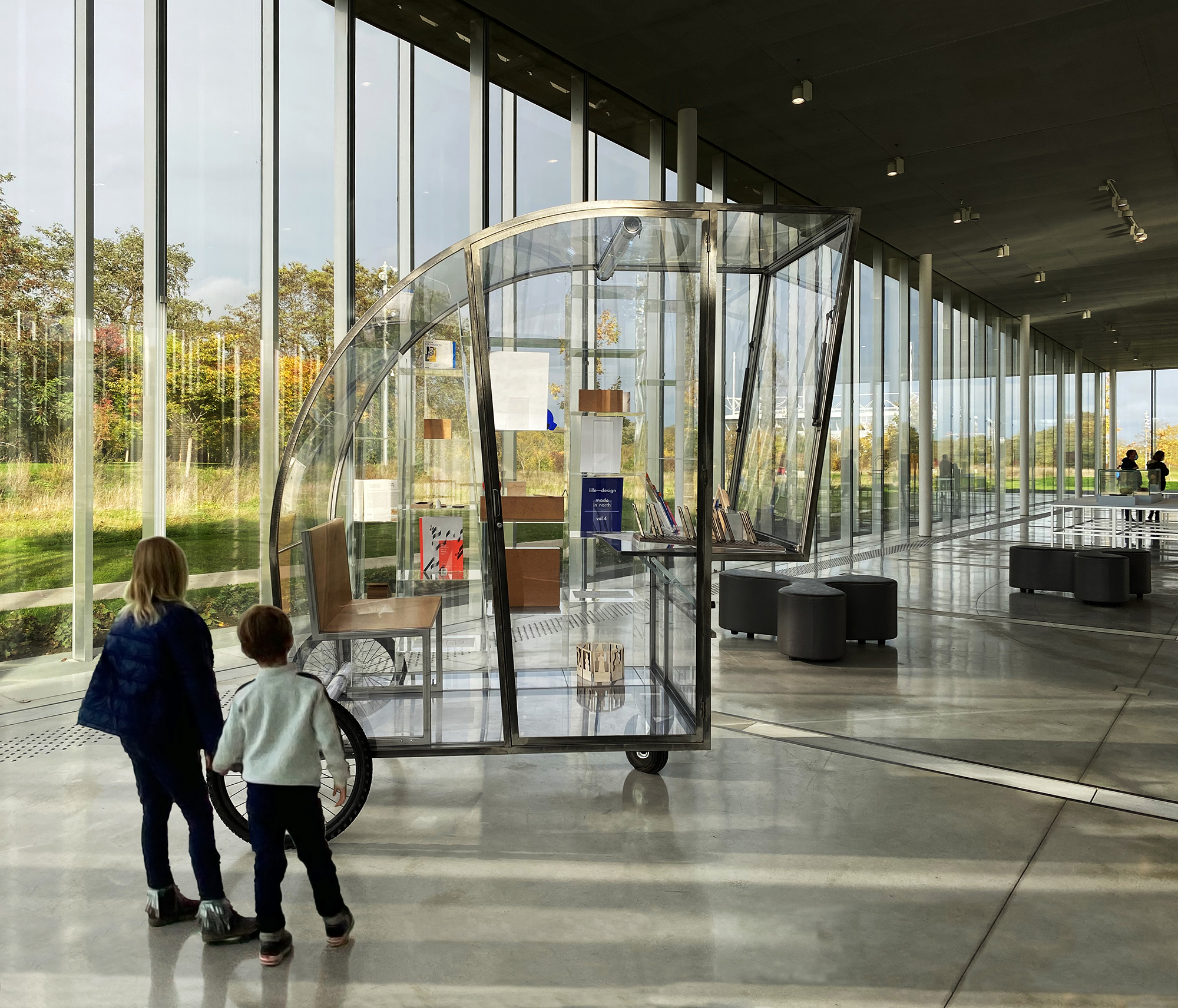
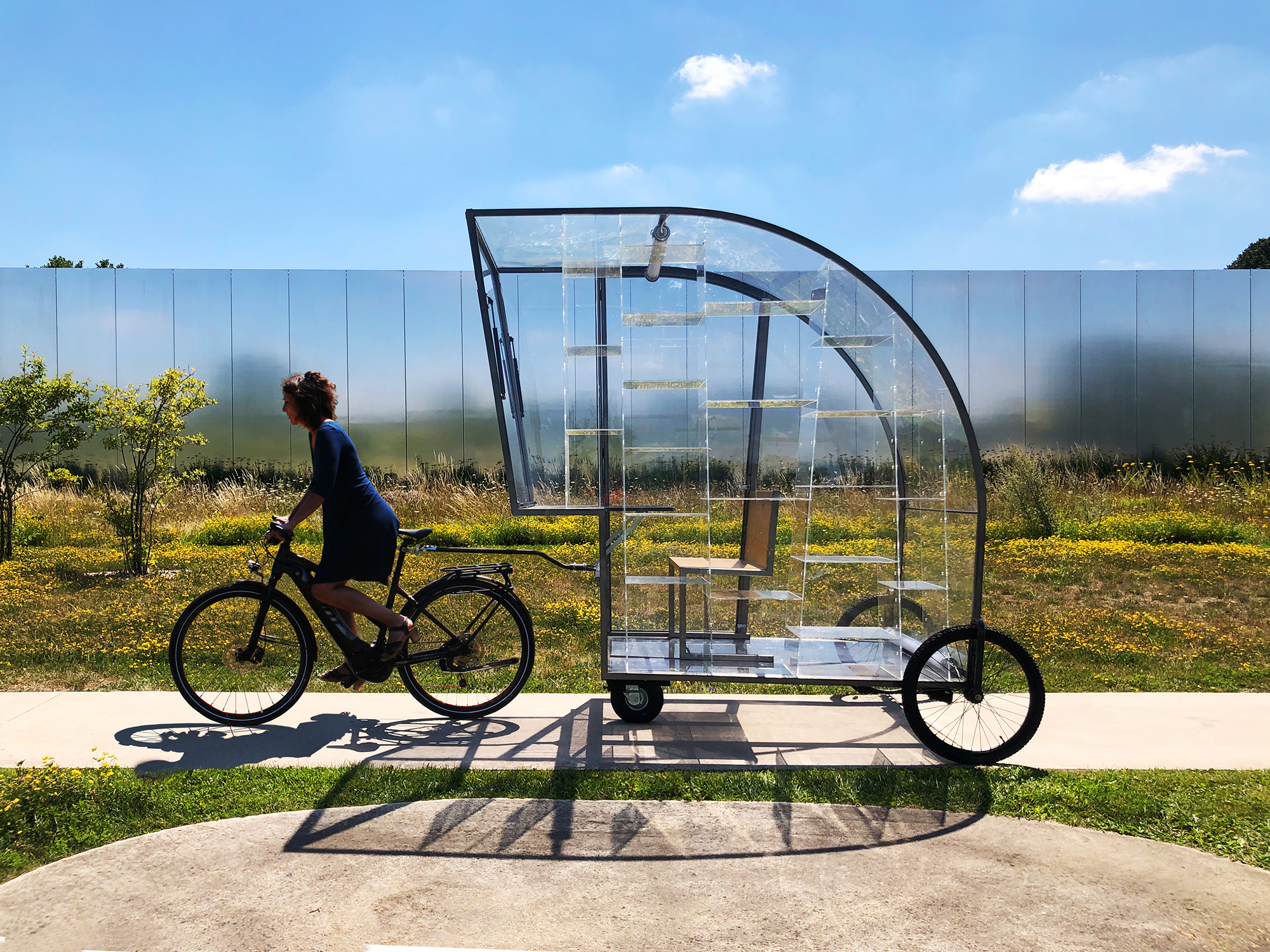
@METEK, 2020
Content licensed to the European Union.